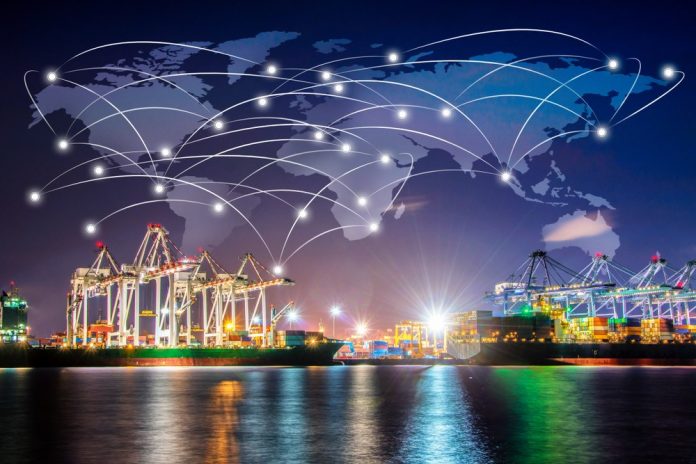Liner shipping is on course to return a cumulative profit in excess of $150 billion this year which, incredibly, is five times more than the sector has ever achieved. This is on the back of rates that have soared to highs never seen before. And although rates are beginning to slide, most experts believe they will remain at high levels for the remainder of the year and into early 2022.
Profits might be high but reliability has slumped significantly. Carrier on-time performance is languishing at between 20 and 30%, down massively from 90% experienced pre-pandemic. Much of the drop can be written down to covid. A pick-up in the global economy coupled with the looming holiday season has fuelled an increased demand for box movements but covid is preventing many of the receiving ports from operating at full strength. A slow-down in activity is causing huge delays and schedule disruptions for containerships. Covid is also impacting the “last mile”. A shortage of truck and train drivers mean that boxes are sitting in the stack preventing additional unloadings from waiting vessels. Because boxes are not being unloaded and returned quickly enough, the supply chain is being squeezed by a shortage of containers. On top of this, weather events at a number of Asia ports are compounding the problem.
It might seem that container schedules are in the lap of the gods but – with help – carriers are able to adjust their schedules and manage their container stock more efficiently to alleviate some of the challenges they are currently facing.
Container operations are complex and it’s important for the carrier to maintain up-to-date and comprehensive visibility over their daily activities. This is really only possible with the deployment of intelligent IT and software solutions. Take schedule disruption as an example. A carrier must be in a position to accurately identify the effect a delay will have on the vessel, the fleet and its many customers, and then find the optimum solution to get business back on track with the minimum impact. Good software will conduct comprehensive analysis and “what if” scenarios including the likely consequences of reallocation of vessels, changes in passage speed, more or fewer port calls, extended or shortened port stays and other permutations. This allows the operator to pick the optimum alternative to maximise profitability and minimise customer pain.
Software will also give full visibility over the many thousands of containers a carrier will have deployed in ports and in transit around the world. With global shortages running at about 30%, it is vital to know where available boxes are located. It’s also important to keep track on customers who might not show-up with their cargoes so containers can be re-deployed and not left standing empty. Similarly, software will record and monitor customer “free days” to ensure empty boxes are returned on-time. Free days can be squeezed when there is a heightened need to keep boxes flowing and customers can be incentivised to return their empties more quickly.
Getting damaged containers back in circulation quickly is also part of the box supply equation. On average around 5% of boxes are undergoing repairs which is often a complex process involving a range of parties and outstations. Having software coordinate and streamline the entire cycle through effective control, communications and documentation processes has the potential to reduce the number of containers tied-up in repairs by as much as half. That’s 2.5% of a carriers’ container stock, which can amount to many thousands of boxes.
Most commentators agree that the current supply chain squeeze will continue into next year, although rates are likely to fall marginally. If carriers are to enhance their performance and keep customers happy, they will need to rely heavily on intelligent IT solutions to help them do that.
Author of the article: Lars Fischer, Managing Director, Softship Data Processing, Singapore
 Lars Fischer is the Managing Director of the Asia Pacific headquarters of software solutions provider Softship.
Lars Fischer is the Managing Director of the Asia Pacific headquarters of software solutions provider Softship.
Lars began working for Softship as a software engineer in 1994. He became a business consultant and project manager in 1996 and has headed-up Softship Data Processing, Singapore, since 1998. He is responsible for Singapore’s commercial and technical staff of 25 and for the group’s sales & marketing strategy worldwide.







